As Washington debates whether the national economy is still expanding or sliding toward a downturn, new research suggests that for millions of Americans, the recession has already arrived. According to an analysis led by Moody’s Analytics chief economist Mark Zandi, 22 U.S. states and Washington, D.C., are showing sustained signs of economic contraction, including job losses, weaker spending, and shrinking industrial activity.
The findings underscore a growing divide between the official national indicators — which still show modest GDP growth — and regional realities that tell a more troubling story.
Local Pain Behind National Growth
Zandi’s assessment paints a picture of a two-speed economy, where some regions continue to grow while others are already sliding backward. Using employment, production, and income data to mirror the National Bureau of Economic Research’s (NBER) recession methodology, his analysis shows a deepening divergence across the country.
He classifies 22 states as being in outright recession, while another 13 states are either stagnating or on the verge of decline.
“It’s not accurate to say the entire country is in recession,” Zandi explained, “but for a large share of the population, it already feels like one. That reality is playing out unevenly — geographically and sector by sector.”
The hardest-hit states are those dependent on manufacturing, agriculture, construction, and resource extraction, which have been buffeted by higher borrowing costs, weaker global demand, and tighter labor markets.
The Geography of Decline
Zandi’s research points to several notable regional patterns:
- The South and Midwest — States like Georgia, Alabama, and Michigan are seeing declines in factory output, construction activity, and consumer confidence. Georgia’s downturn has been particularly pronounced, with housing costs and reduced domestic migration cited as major factors.
- The Mountain West and Plains — Energy and agricultural states such as Wyoming, Montana, and Nebraska are facing reduced commodity prices and lower freight volumes.
- The Mid-Atlantic and Northeast — Pennsylvania is one of the few exceptions, maintaining stability thanks to strong healthcare and education sectors. However, neighboring states like Delaware and Maryland are weakening under job losses in government contracting.
- The West Coast — California, Washington, and Oregon are teetering on the edge. While still technically growing, the slowdown in tech investment and real estate has created what Zandi calls a “pre-recessionary stall.”
He warned that if California or New York — two of the country’s largest economies — slip further, “it could drag the entire nation into a formal recession.”
Economic Headwinds Intensify
Several common factors are driving the regional slowdowns:
- High Interest Rates – The Federal Reserve’s extended period of elevated rates has squeezed businesses that rely on credit for operations, expansion, or real estate development.
- Cooling Labor Markets – Hiring has slowed sharply across logistics, retail, and manufacturing sectors. Some states are now seeing net job losses month over month.
- Federal Spending Cuts – Declines in government hiring and procurement are hitting D.C. and nearby states especially hard.
- Fading Consumer Strength – Household savings accumulated during the pandemic have largely dried up, leading to less discretionary spending in lower-income states.
- Regional Cost of Living Gaps – In high-cost areas, inflation continues to erode purchasing power, even as wage growth stalls.
The combination has created a sense of rolling recessions — downturns that move from one sector or region to another, instead of striking the entire country at once.
Official Data Masks Local Struggles
Nationally, GDP remains positive, but Zandi and others caution that those headline numbers can be misleading. “The country’s average can be propped up by strong growth in just a handful of states,” he noted. For example, Texas and Florida continue to attract migration and investment, masking contractions elsewhere.
Meanwhile, the national jobless rate remains near 4%, but that stability hides sharp disparities. Some Midwestern and Southern states have unemployment rates exceeding 6%, while others hover near record lows.
This uneven picture reflects a broader reality: the United States no longer moves in economic unison. Each state’s fortunes increasingly depend on its industry mix, housing market, and policy decisions at both the local and federal levels.
Are We in a National Recession?
Economists are split on whether these regional downturns amount to a true national recession. The NBER typically waits for several quarters of consistent decline in income, production, and employment before making that call. By that measure, the U.S. may not yet qualify.
However, other experts believe the writing is on the wall.
- Richard Moody, chief economist at Regions Bank, says, “You don’t need two quarters of negative GDP to know when people are hurting. The pain is already visible — just not evenly distributed.”
- Independent forecasting models based on job openings and unemployment data currently put the odds of a national recession at over 70% by the end of 2025.
That makes the U.S. economy’s next few months critical. If more populous or industrial states start reporting broader job losses and falling consumer spending, a national recession could become unavoidable.
What It Means for Ordinary Americans
For millions, the symptoms are already clear:
- Fewer job openings and longer searches for work.
- Rising credit card debt as households stretch budgets to cover essentials.
- Softening housing markets in once-booming metro areas.
- Reduced hours in logistics, construction, and retail.
Small businesses are also feeling the strain. Lending has tightened considerably since mid-2024, and many owners report higher costs and lower demand.
Zandi warns that these microeconomic realities often precede the broader downturn. “We’re seeing the early warning lights flash red across the board,” he said.
The Road Ahead
Whether or not the NBER officially declares a recession, the takeaway is clear: large portions of the country are already enduring one.
The challenge for policymakers lies in narrowing the regional divide — ensuring that economic recovery and stimulus reach areas left behind. Targeted infrastructure investments, affordable housing initiatives, and workforce retraining may be key to preventing local downturns from metastasizing into a national slump.
But with consumer confidence dipping and borrowing costs still elevated, the margin for error is shrinking fast.
For now, the U.S. economy remains a patchwork: part expansion, part contraction — and for many Americans, unmistakably recessionary.

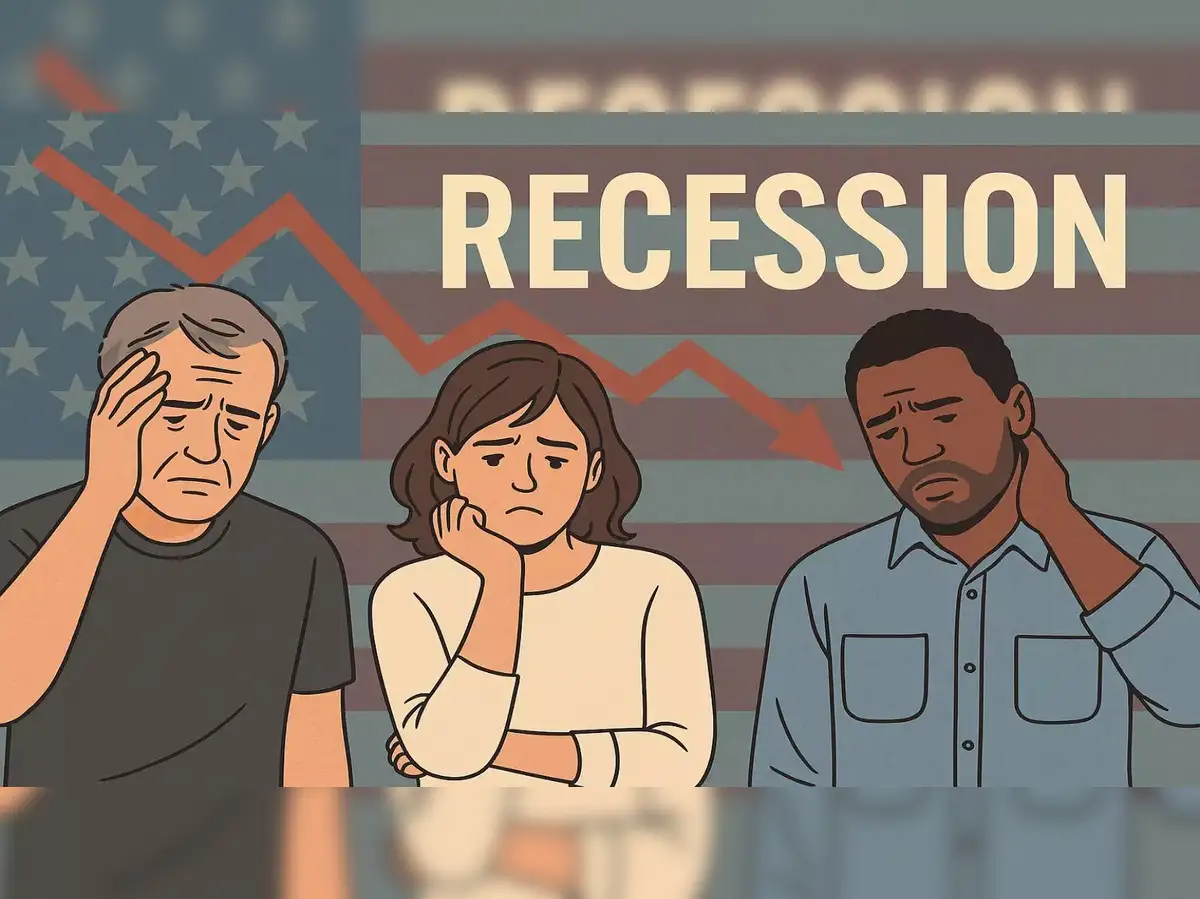
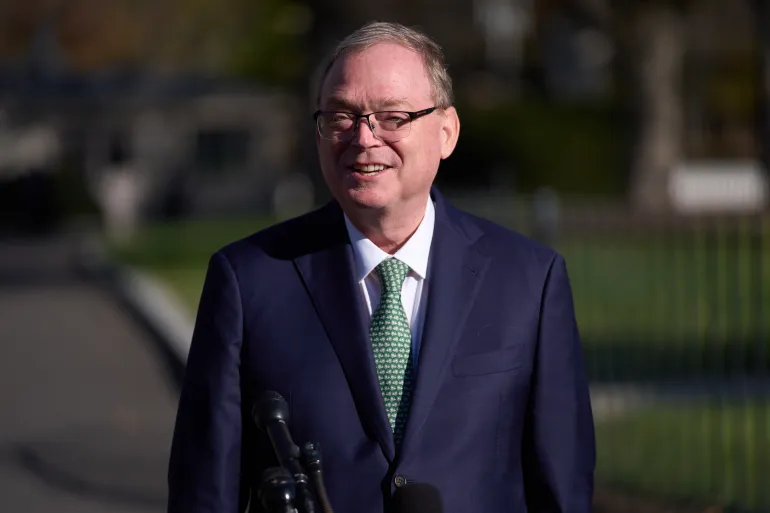

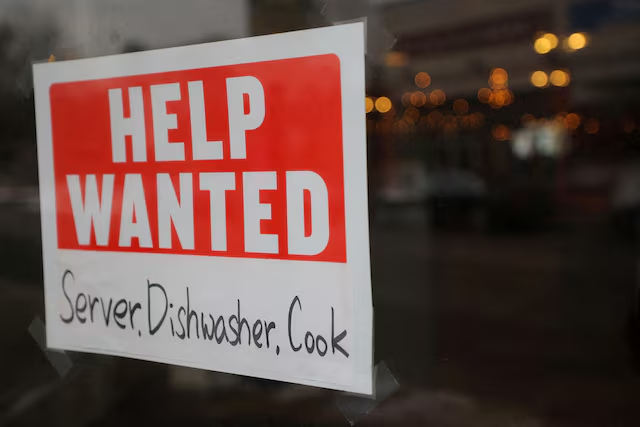
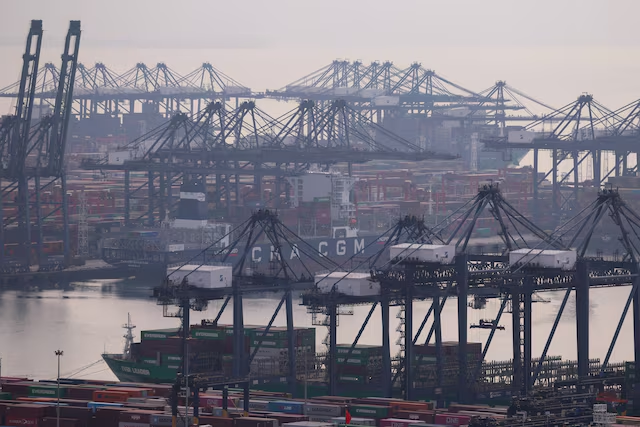
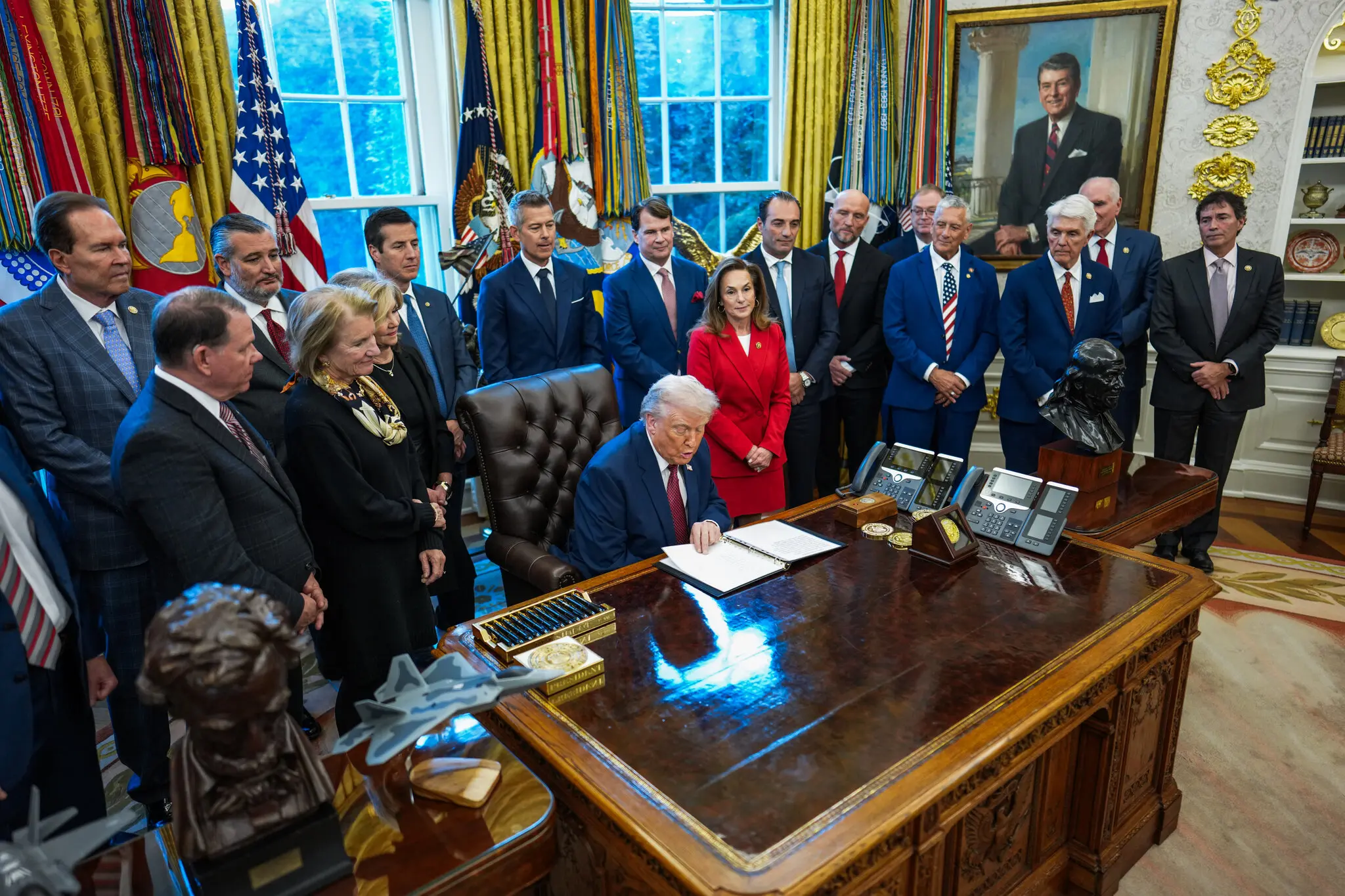
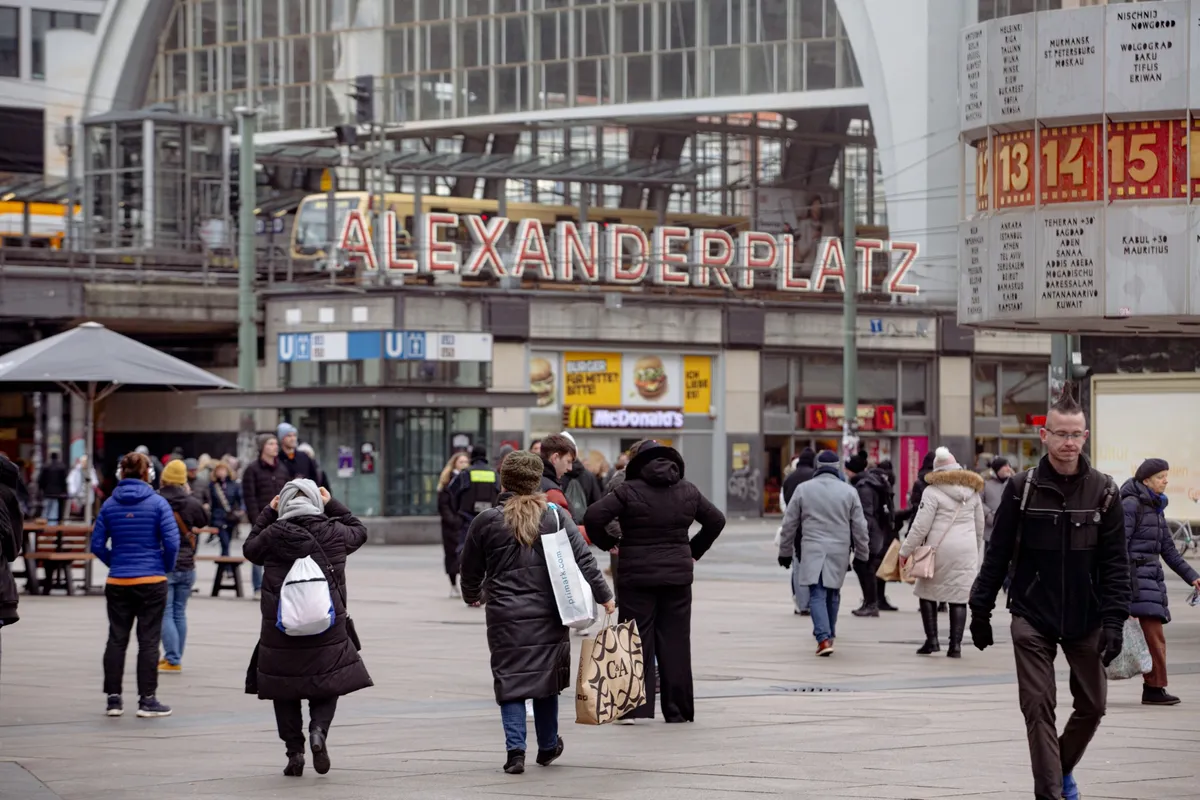
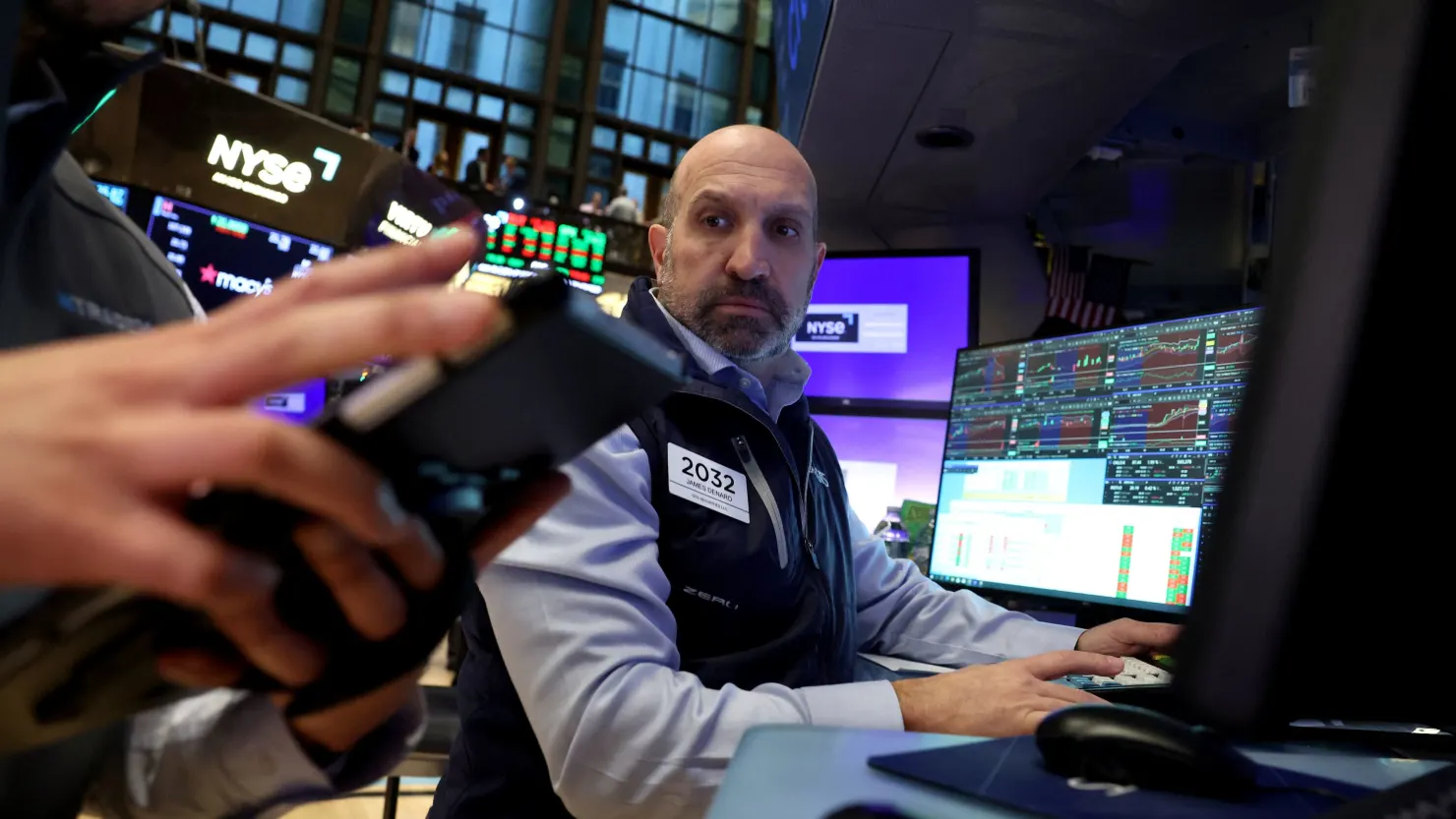


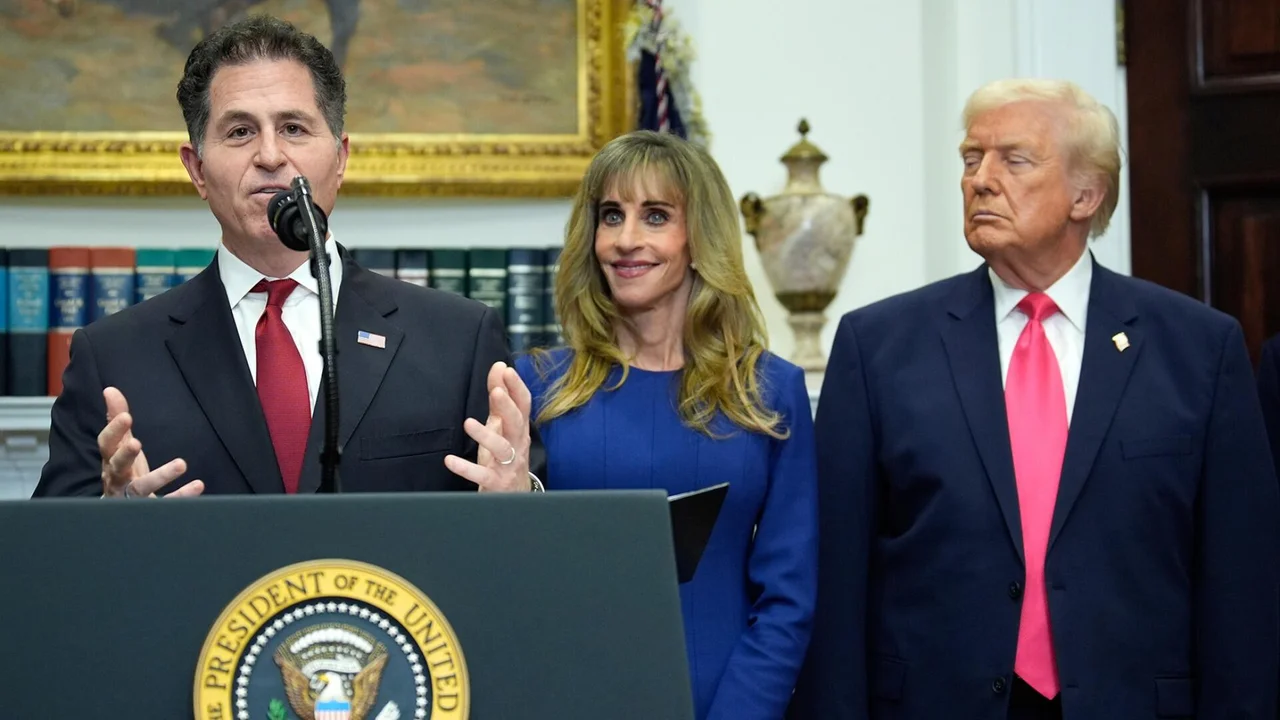

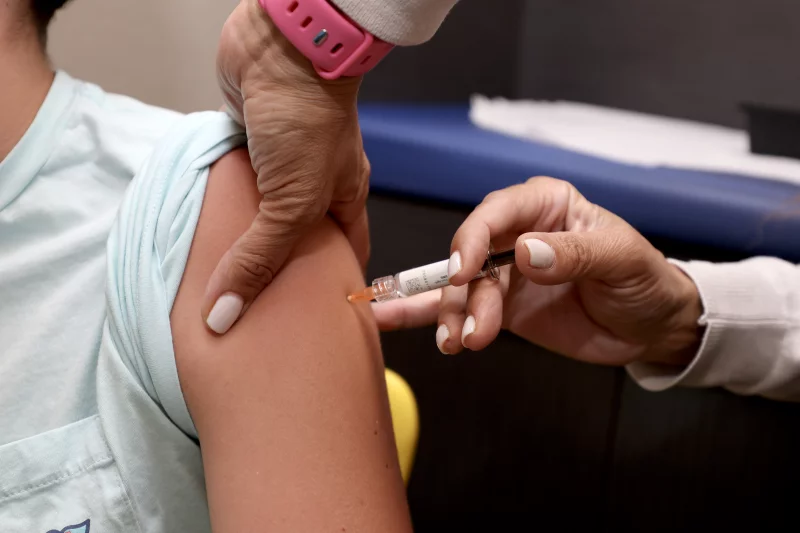
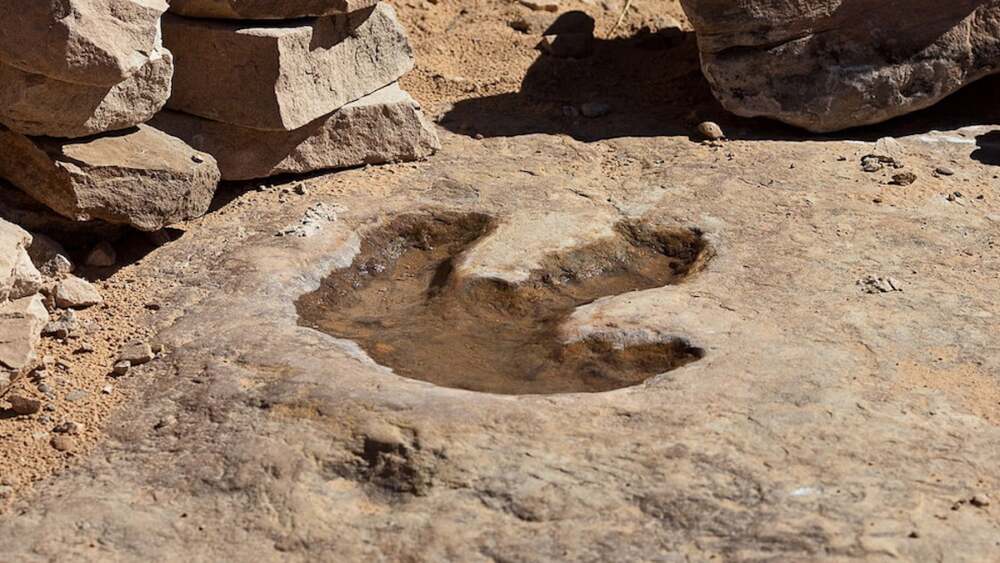

Leave a Reply